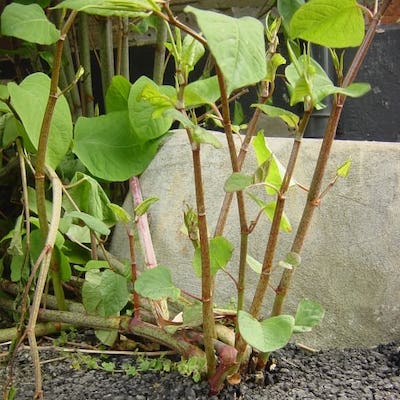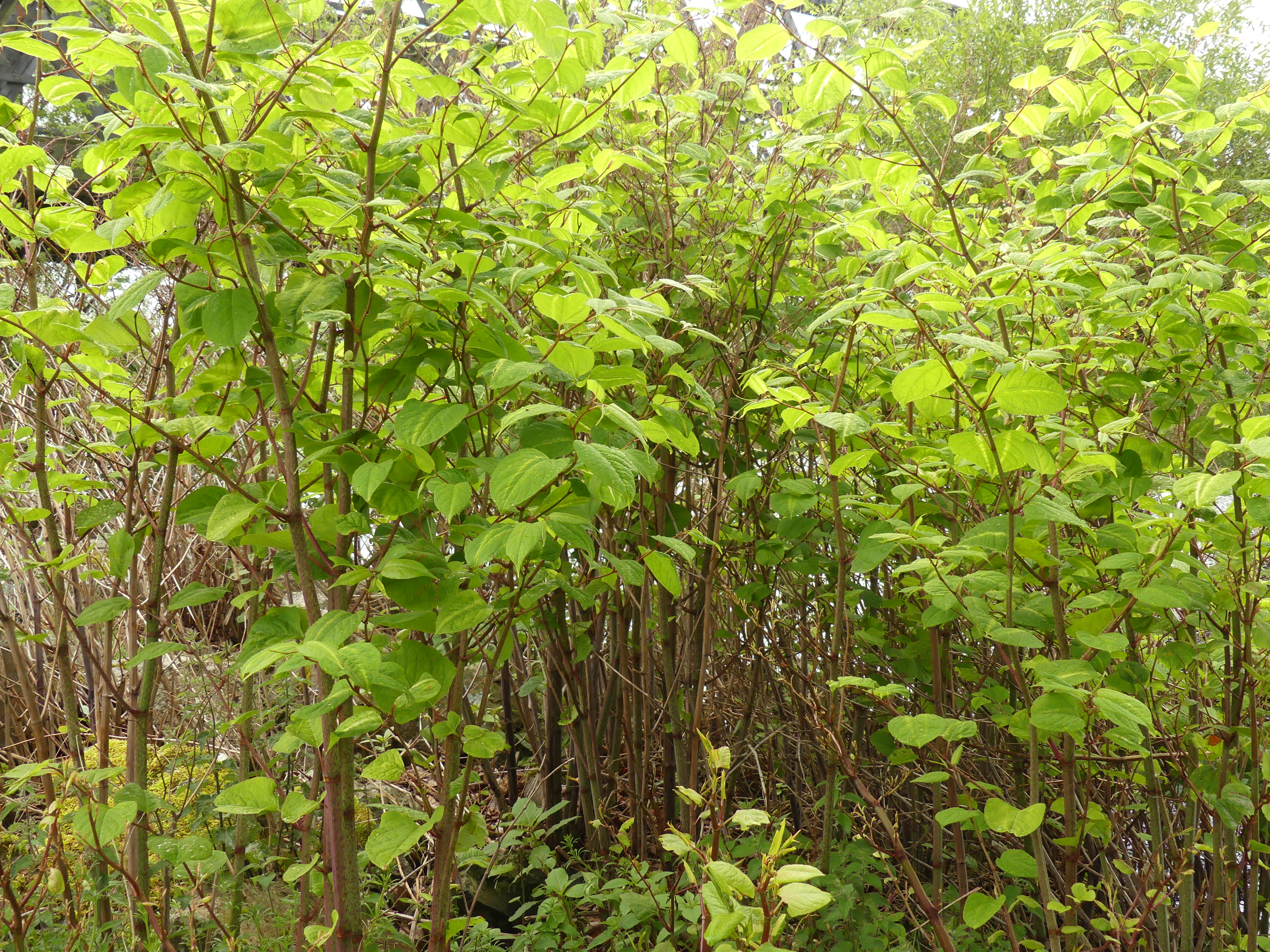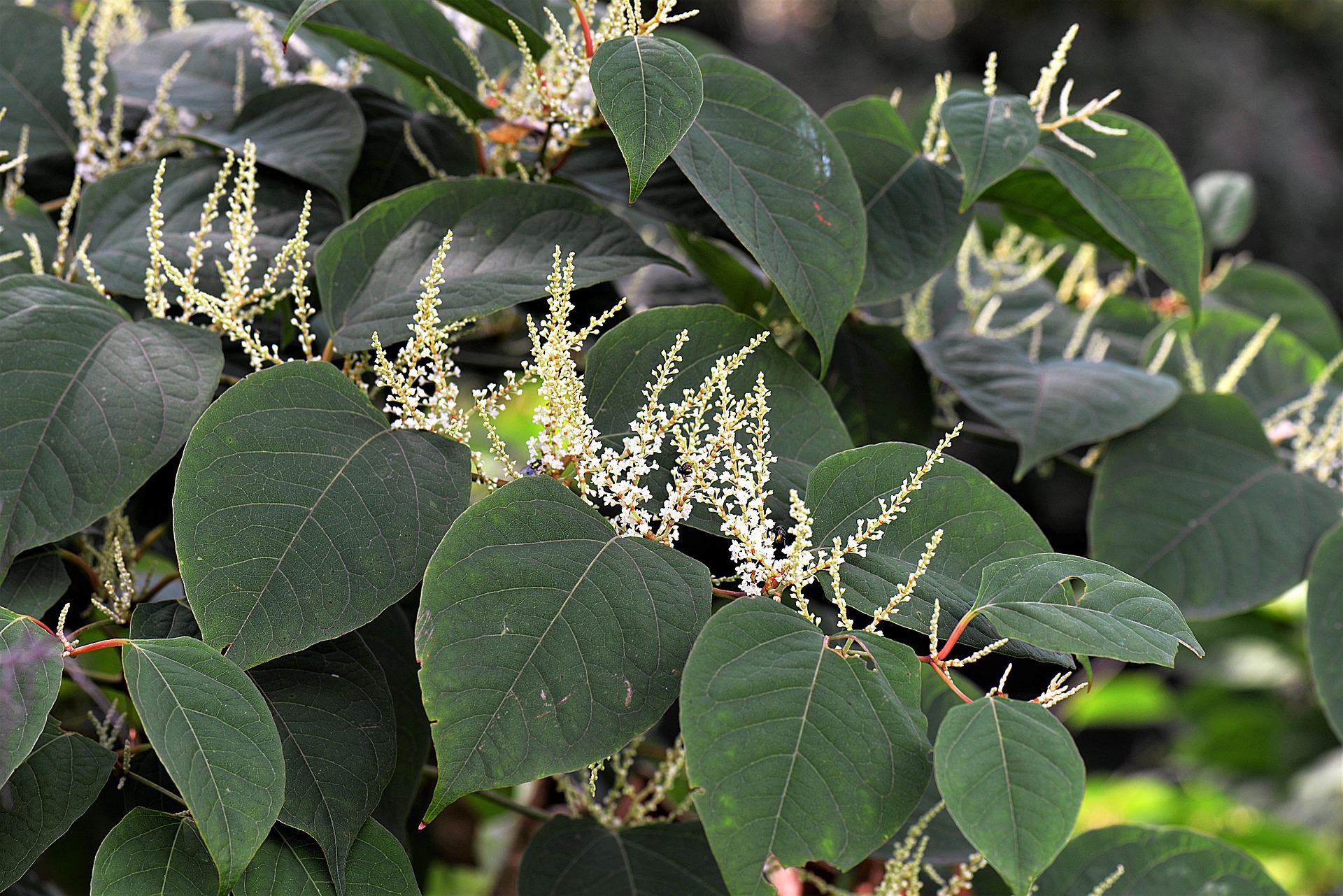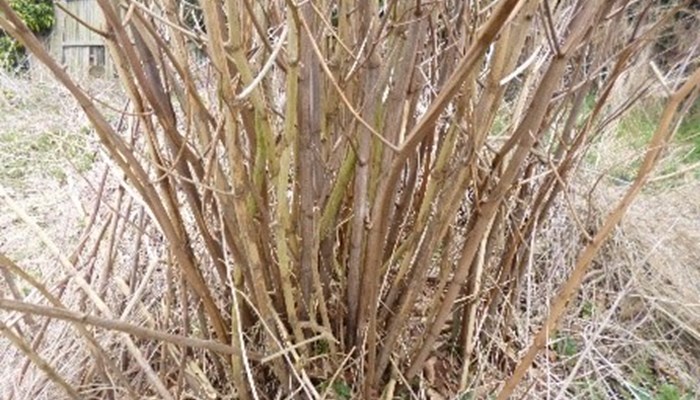What is knotweed?
Japanese knotweed is a bamboo-like plant that was brought into the country in the mid-19th century and was quickly adopted as it grows to a height of 3 metres and forms dense screens with good ground cover. Unfortunately it has become so successful that is has and is still out-competing the native plants.
It is not an offence to have Japanese knotweed on a property but must not be planted or encouraged to grow. However the property owner must ensure that the Japanese knotweed does not spread to any neighbouring property as this is considered a criminal offence.
Japanese knotweed was included in the original list of non-native species (so-called ‘Schedule 9’) in the Wildlife and Countryside Act 1981. This made it an offence to plant or otherwise causes Japanese knotweed ‘to grow in the wild’.
This recognition of the environmental impact is why soil or plant material contaminated with Japanese knotweed is likely to be classified as ‘controlled waste’ under the Environmental Protection Act 1990.
Typical effects of knotweed
Patios, paths and driveways:
If the Japanese knotweed is not managed properly it can sprout up between patio slabs, cracks in concrete and through brick/block paving.
Tarmac surfaces:
These are also susceptible to damage if laid on top of Japanese knotweed.
Boundary, garden and retaining walls:
Mature stands of Japanese knotweed (with massive root ‘crowns’) can over time push over garden walls.
Outbuildings:
Mature stands of Japanese knotweed can worsen existing damage to garden shed, greenhouses and garages.
Conservatories:
Problems are the same as Outbuildings but more concerning as part of the dwelling.
Drains and other buried services:
Japanese knotweed roots/rhizomes can exploit existing cracks and gaps in drainage pipes in search of water, potentially causing further damage and, in some cases, blocking drains. Large densely packed mature stands of Japanese knotweed can disrupt drain runs where allowed to grow unconstrained.
Identifying knotweed
Indentifying Knotweed can be tricky as its appearance changes season to season. Below we have information on how to identify Japanese Knotweed in different seasons.

Spring
New shoots start to appear in early spring, around March and April. They grow remarkably quick around this time of year. The shoots are fleshy and can reach a height of over 2 metres within just a few weeks. Green shovel shaped leaves grow from zig-zag shaped canes.

Summer
The Japanese knotweed grows very quickly during the months June to August, this can be as much as 20cm (8 inches) per day and reaching a height of 3 maybe 4 metres in only a few weeks. The red stems and heart shaped leaves now make it easy to recognise.
Knotweed starts to flower in late summer.
Autumn
Towards the end of the Summer, August onwards, the Japanese knotweed produces a mass of small white flowers and almost looks as if the plant has been dusted with flour.
As Autumn progresses, the leaves of knotweed turn a bright yellow then pale to a straw colour as Winter approaches.

Winter
As the Japanese knotweed dies back for the Winter period, the canes dry out but will remain standing during the Winter unless knocked or blown over. The plant is not dead as the plants rhizome just becomes dormant until the next Spring.
